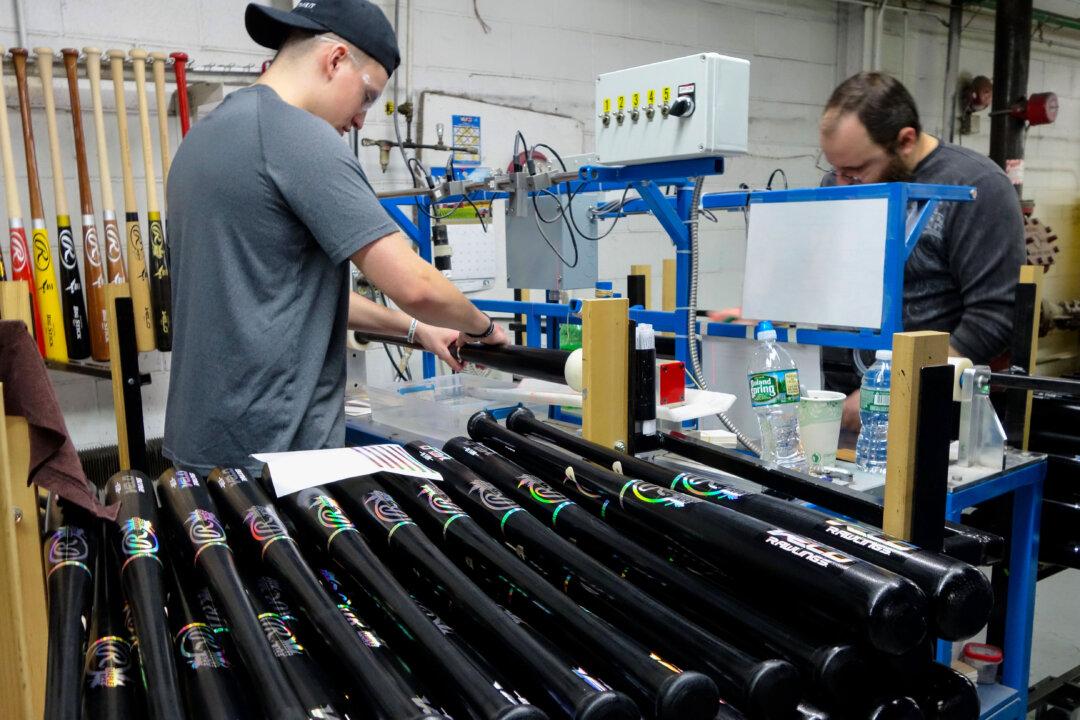As tensions boil in the Middle East and the Russia–Ukraine war reaches 20 months, discussion has started again regarding the potential of a draft to replenish a depleted U.S. military. Robert Kenny, a deputy associate director at the Selective Service System, told the Military Times that there have been no discussions about reinstating a draft and is unaware of any legislation to do so.
But The Epoch Times, in sweeping discussions with former military officers and defense experts, has found that whether or not the United States reengages the selective service to add numbers is just one issue complicating military readiness. The others are obesity and a military that has no experience with combat. In other words, the current U.S. military is not capable of engaging in a major conflict.
The Heritage Foundation recently released its 2023 Index of U.S. Military Strength, which assesses the strength of the U.S. armed forces. The report showed that the U.S. military is weak, according to Dakota Wood, a Heritage senior research fellow and a member of the organization’s Center for National Defense.
But he also told The Epoch Times that replenishing the military through a draft would be not only a tough order politically but also because of the pool of prospective Americans available.
“Seventy-seven percent of potential draftees are not qualified to serve because of issues like obesity, mental health, and asthma. That’s more than three-quarters of people available who are ineligible to serve.”
The retired Marine lieutenant colonel also pointed to another aspect that would make a draft challenging—a small pool of prospective draftees willing to serve. “If you looked at a Venn diagram of youth and how many would serve and how many are actually able, it’s a very small community. If we went to a draft, we’d have to pull people from the general population that have criminal records and problems being overweight.”
The military has a big manpower issue. The armed forces now have 39 percent fewer military members than in 1987. This year, the U.S. Army will be 10,000 short of its recruitment goal, the U.S. Air Force will have a shortfall of 10,000 airmen, and the U.S. Navy expects to be 6,000 short.
And with wars faced by countries allied with the United States facing continued extended engagements, increased posts on social media are discussing the potential of a draft, with some saying its being actively considered.
An oft-quoted Sept. 25 article by the nonprofit think tank Mises Institute, a group of Alabama libertarians who wrote “The U.S. Military Is Laying the Groundwork to Reinstitute the Draft,” has caught much online attention. A U.S. Army War College digital publication called Parameters also discussed a potential draft and quoted the Mises article.
But retired Army Colonel Peter Mansoor, a military history chair at Ohio State University, says many things would have to happen for the United States to pull the trigger on engaging the selective service.
“A draft would be a very heavy political lift for Congress unless the United States faced a war with a major power on the scale of us intervening in Taiwan or the Ukraine war,” he said to The Epoch Times. But the West Point graduate and former U.S. Army colonel, who did two tours in Iraq, said something cataclysmic would have to happen for the United States even to entertain the idea.
“If Russia attacked a NATO country, you would have the spector of the potential of a nuclear war hanging over a conflict. But we don’t know—we haven’t fought in a world war since 1945.”
But some are highly concerned that if not a draft, some drastic measures must be taken to replenish a U.S. military that is not remotely ready for a protracted conflict.
“Any sustained engagement would be a major problem. The Army Reserve is a hollow force right now, with only 23 percent of the population meeting the minimum requirements to serve and just 9 percent wanting to serve. The math doesn’t lie,” Ret. Army Major General Dennis Laich, who wrote “Skin in the Game: Poor Kids and Patriots,” said to The Epoch Times.
Despite the obstacles, he believes the United States has no choice but to reengage a draft and Americans need to get behind it. “Politically feasible or not, it’s academic. We’re talking about national security. The return of the draft is something we need to debate. It’s not an issue that belongs to the Pentagon but one that belongs to the people and Congress.”
Lt. Colonel Wood echoed that sentiment in claiming that people need to know that the U.S. military, in its current form, cannot meet the security interests of the nation. “I think the reality is that it will take a crisis that affects them personally to spur them into action. A crisis could happen and shake people out of complacency, but I don’t know if we have the time to respond.”
CORRECTION: An earlier version of this article incorrectly attributed a quote from retired Army Colonel Peter Mansoor. The Epoch Times regrets the error.




